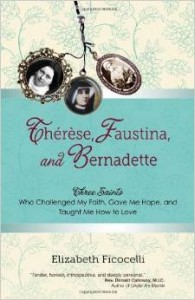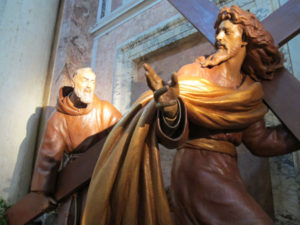Podcast: Play in new window | Download (Duration: 29:20 — 26.9MB) | Embed
Subscribe: Apple Podcasts | Spotify | Amazon Music | Android | Pandora | iHeartRadio | JioSaavn | Podchaser | Gaana | Podcast Index | Email | TuneIn | Deezer | Anghami | RSS | More
Episode 11 – Great Works in Western Literature with Joseph Pearce – William 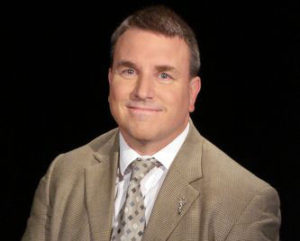 Shakespeare part 2
Shakespeare part 2
The Merchant of Venice is probably the most controversial of all Shakespeare’s plays. It is also one of the least understood. Is it a comedy or a tragedy? What is the meaning behind the test of the caskets? Who is the real villain of the trial scene? Is Shylock simply vicious and venomous, or is he more sinned against than sinning?
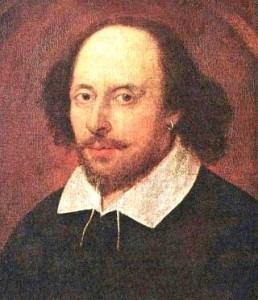 One of the most popular of Shakespeare’s plays, King Lear is also one of the most thought-provoking. The play turns on the practical ramifications of the words of Christ that we should render unto Caesar that which is Caesar’s, and unto God that which is God’s. When confronted with the demand that she should render unto Caesar that which is God’s, Cordelia chooses to “love and be silent”. As the play unfolds each of the principal characters learns wisdom through suffering.
One of the most popular of Shakespeare’s plays, King Lear is also one of the most thought-provoking. The play turns on the practical ramifications of the words of Christ that we should render unto Caesar that which is Caesar’s, and unto God that which is God’s. When confronted with the demand that she should render unto Caesar that which is God’s, Cordelia chooses to “love and be silent”. As the play unfolds each of the principal characters learns wisdom through suffering.
Based on the Ignatius Critical Edition, this series examines, from the Judeo-Christian perspective, the life, the times, and influence of authors of great works in literature .
Joseph Pearce is currently the Writer-in-Residence and Visiting Fellow at Thomas More College of Liberal Arts in Merrimack, New Hampshire. He is also Visiting Scholar at Mount Royal Academy in Sunapee, New Hampshire. He is also Visiting Scholar at Mount Royal Academy in Sunapee, New Hampshire. He is co-editor of the Saint Austin Review (or StAR), an international review of Christian culture, literature, and ideas published in England (Family Publications) and the United States (Sapientia Press). He is also the author of many books, including literary biographies of Solzhenitsyn, J. R. R. Tolkien, C. S. Lewis, G. K. Chesterton, and Oscar Wilde.
To learn more about the authors and titles available in the Ignatius Critical Editions
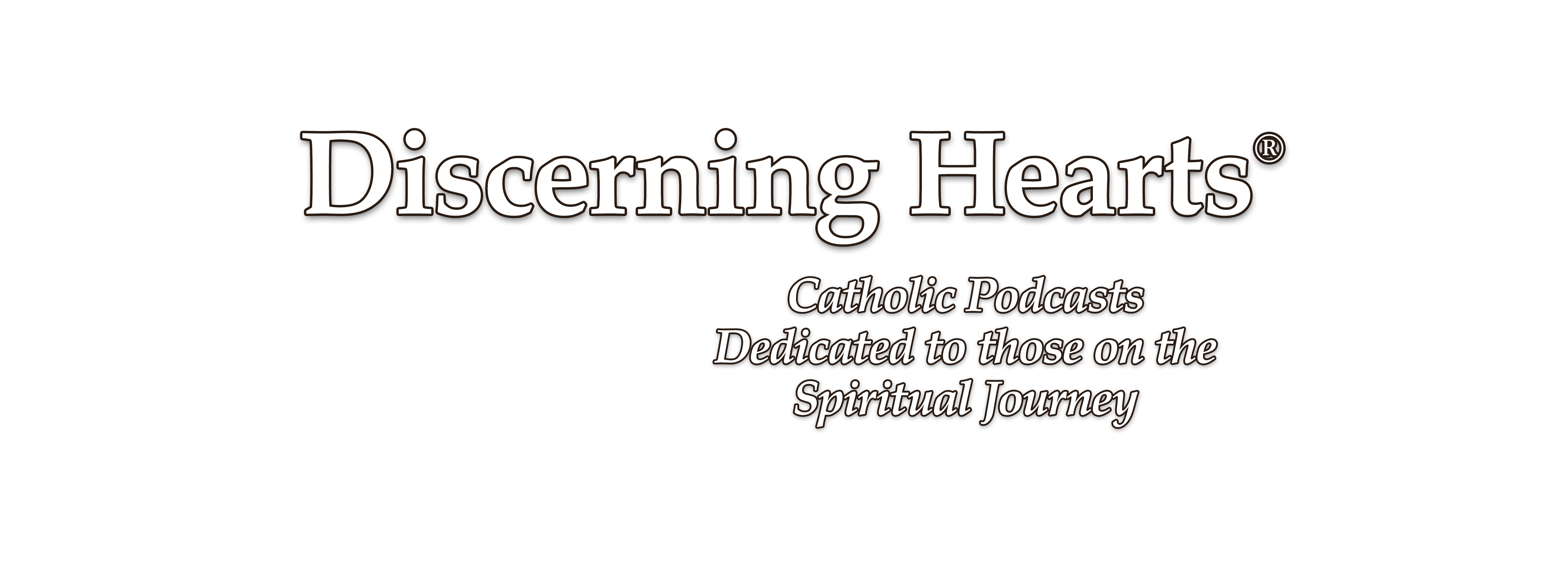
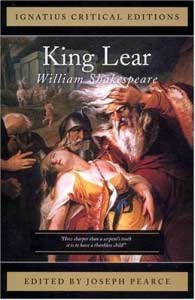
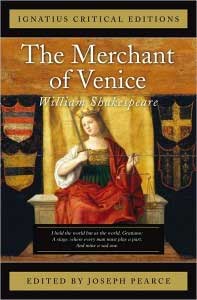
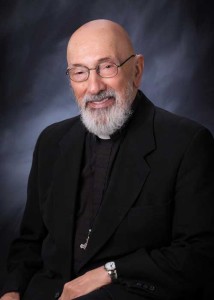
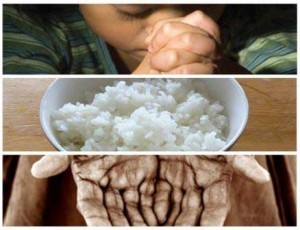 The Church prepares a spiritual retreat for all of us during Lent. The Holy Spirit is transforming you in a radical way so that you become more like Jesus Christ…the day by day exercise of Morning Prayer, the Eucharist and Evening Prayer, Fasting and Almsgiving, and the other moments of contemplative prayer aids in the transformation…our ego decreases and Jesus increases in our minds and in our hearts.
The Church prepares a spiritual retreat for all of us during Lent. The Holy Spirit is transforming you in a radical way so that you become more like Jesus Christ…the day by day exercise of Morning Prayer, the Eucharist and Evening Prayer, Fasting and Almsgiving, and the other moments of contemplative prayer aids in the transformation…our ego decreases and Jesus increases in our minds and in our hearts.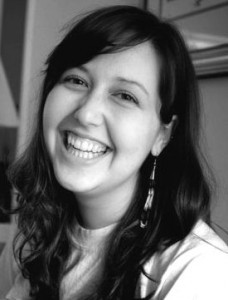
 You can find the book
You can find the book 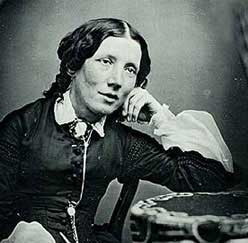 Tom’s Cabin paints pictures of three plantations, each worse than the other, where even the best plantation leaves a slave at the mercy of fate or debt. Her questions remain penetrating even today: “Can man ever be trusted with wholly irresponsible power?”
Tom’s Cabin paints pictures of three plantations, each worse than the other, where even the best plantation leaves a slave at the mercy of fate or debt. Her questions remain penetrating even today: “Can man ever be trusted with wholly irresponsible power?”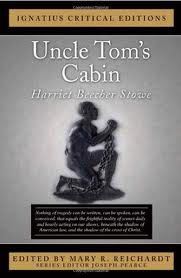
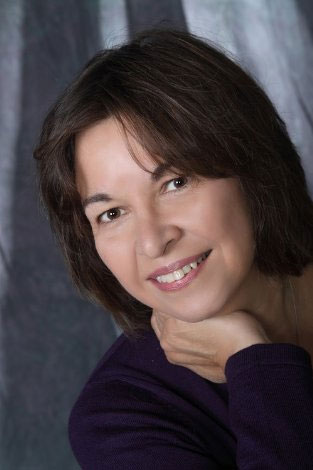 this wonderful tradition of prayer. It’s also enriching for those who may have been praying the “office”‘ for some time! Daria Sockey has filled this work with a treasure trove of gems that even the most seasoned devotees will find enriching. It gently walks beginners through the basics, while offering rich insights and resources that will surely enhance the seasoned participants experience. In our conversation we touch upon the history and structure of the prayer this “Divine Office”, and why it should be a part of everyone’s daily spiritual practice. Highly recommended.
this wonderful tradition of prayer. It’s also enriching for those who may have been praying the “office”‘ for some time! Daria Sockey has filled this work with a treasure trove of gems that even the most seasoned devotees will find enriching. It gently walks beginners through the basics, while offering rich insights and resources that will surely enhance the seasoned participants experience. In our conversation we touch upon the history and structure of the prayer this “Divine Office”, and why it should be a part of everyone’s daily spiritual practice. Highly recommended.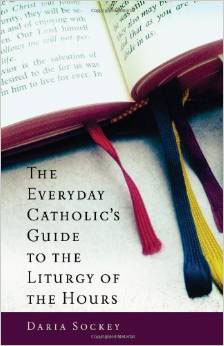
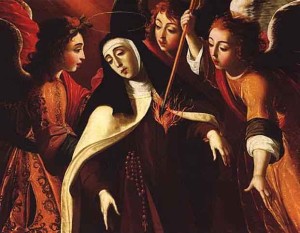
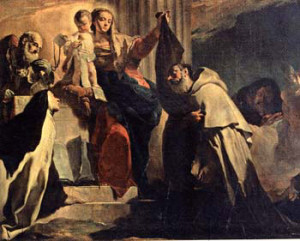
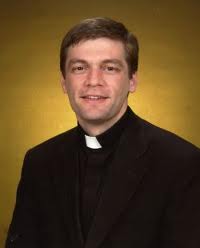
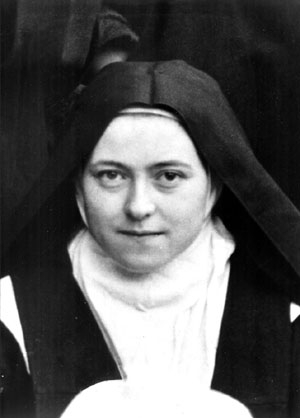
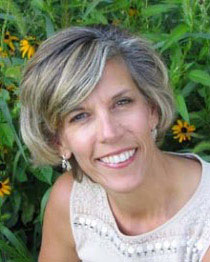 “Therese, Faustina and Bernadette: Three Saints Who Challenged My Faith, Gave Me Hope, and Taught Me How to Love” ties beautifully together the theological virtues (faith, hope, and love) and shows us how they are particularly lived out in the lives of three of the most beloved saints of our modern era. Author Elizabeth Ficocelli shares her personal relationship with these beautiful saints and how they helped her to grow in her understanding and trust in Christ. More than just a biography of each saint, this work is a road map for the spiritual life based on the lives of women who are joyfully showing us the way.
“Therese, Faustina and Bernadette: Three Saints Who Challenged My Faith, Gave Me Hope, and Taught Me How to Love” ties beautifully together the theological virtues (faith, hope, and love) and shows us how they are particularly lived out in the lives of three of the most beloved saints of our modern era. Author Elizabeth Ficocelli shares her personal relationship with these beautiful saints and how they helped her to grow in her understanding and trust in Christ. More than just a biography of each saint, this work is a road map for the spiritual life based on the lives of women who are joyfully showing us the way.